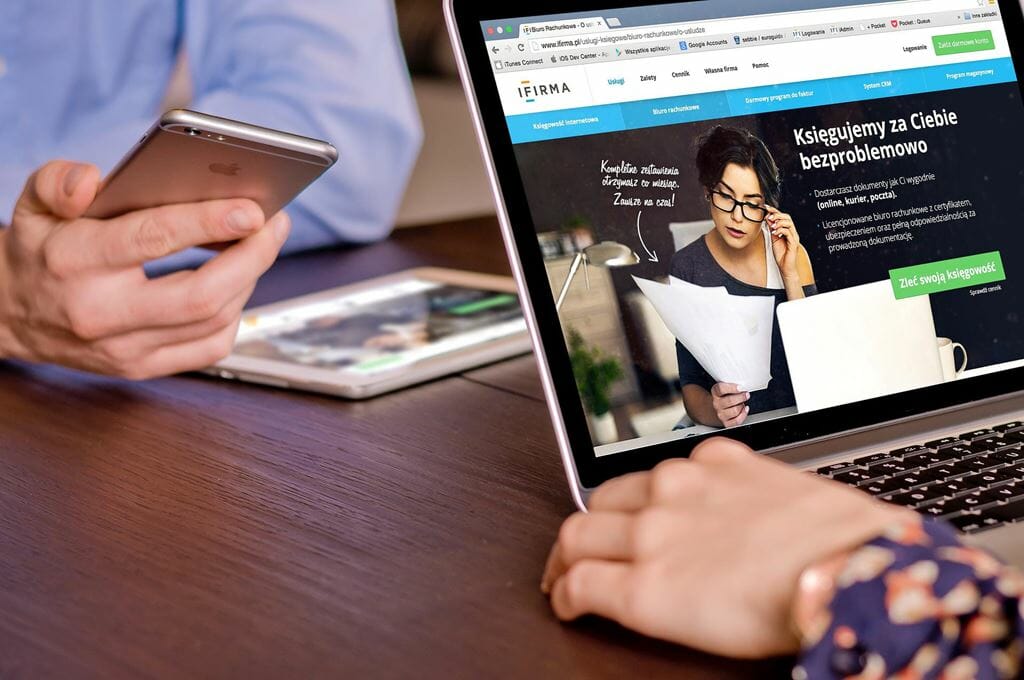In the business world, there are a variety of different models that companies can use to make money. One of the most popular models today is the SaaS business model. This stands for software as a service, and it has become incredibly popular in recent years because it offers a lot of benefits for both businesses and consumers. This article will explain what the SaaS business model is and how it works. We will also discuss some of the benefits that this business model offers businesses and consumers alike. So, let’s get started.
What is a SaaS Business Model?
The SaaS business model is a subscription software that allows users to access and use the software from a remote location. It is typically offered monthly or annual, and businesses of all sizes can use it. For instance, when handling a customer project, a small business might use a SaaS CRM system to track sales and customer data, whereas a large enterprise might use a SaaS-based ERP system to manage its entire operations. This business model has become increasingly popular because it offers several advantages over traditional software models.
Any business can adopt the Saas business model regardless of its size or type. However, it is important to note that not all businesses will find this model a good fit. For example, if you have a business that requires very specific software that is not readily available as a SaaS solution, this might not be the right model for you. Additionally, if you are not comfortable with your data being stored off-site, you might want to consider a different business model.
How Does It Work?
The SaaS business model is quite simple. Businesses subscribe to the software and pay a monthly or annual fee. They can then access the software from a remote location via the internet. This means that businesses do not have to install or maintain the software on their premises. Additionally, they can usually scale up or down their subscription as needed, which gives them a lot of flexibility.
While this model might differ slightly from business to business, the overall concept is always the same. Businesses subscribe to the software and pay a recurring fee to use it. It is one of the best models for businesses that want to avoid the high upfront costs of traditional software models.
What are the Benefits?
There are several benefits that businesses can enjoy when they use the SaaS business model. Perhaps the most obvious benefit is that it is much cheaper than traditional software models. When you subscribe to a SaaS solution, you only have to pay for what you need. There are no upfront costs or long-term contracts. You can also scale up or down your subscription as needed, which gives you a lot of flexibility.
Another benefit of the SaaS business model is that it is easier to use than traditional software models. With traditional software, businesses have to install and maintain the software on their premises. This can be a time-consuming and expensive process. With SaaS, businesses can access the software from a remote location via the internet. This means that they do not have to worry about installation or maintenance.
Finally, the SaaS business model offers several other benefits, such as increased collaboration and improved security. When you use a SaaS solution, all of your data is stored off-site. This means that it is much less likely to be lost or stolen. Additionally, SaaS solutions are often updated automatically, which means that you always have the latest version of the software. This can help to improve collaboration and communication within your team.
Drawbacks
Of course, the SaaS business model is not without its drawbacks. One of the biggest drawbacks is that businesses have to be connected to the internet to use the software. This can be a problem if you have a poor internet connection or are located in an area with limited internet access. Additionally, if the software goes down, you will not be able to use it until the issue is resolved.
Another drawback of the SaaS business model is that businesses must trust the provider with their data. This can be a problem if you use a SaaS solution that is not well-known or trusted. Additionally, if the provider goes out of business, you will lose access to your data.
Finally, the SaaS business model can be a bit inflexible. For example, if you want to add custom features or integrations, you might have to pay for them separately. Additionally, if you want to cancel your subscription, you might have to pay a cancellation fee.
Overall, the SaaS business model is a great option for businesses that want to avoid the high upfront costs associated with traditional software models. However, it is important to consider the drawbacks before deciding if it is right for your business. Ensure that you work with experts who can help you understand the model and choose the right solution for your needs.
















